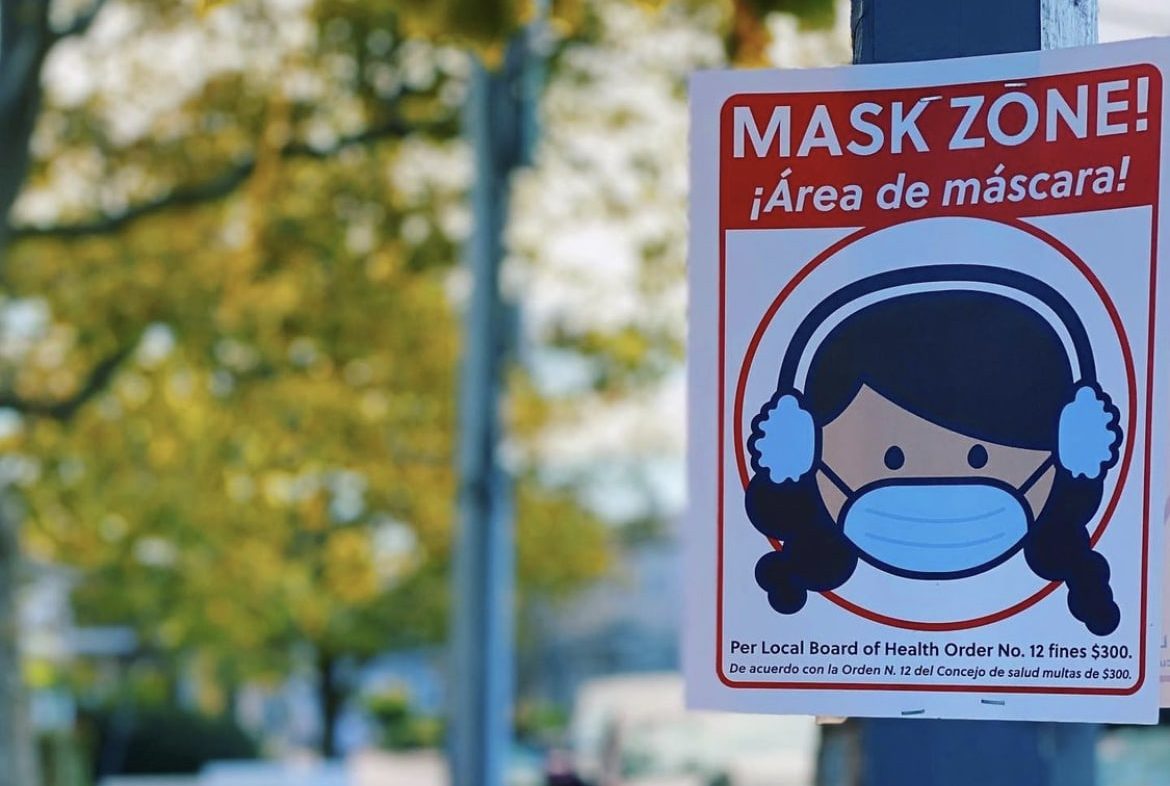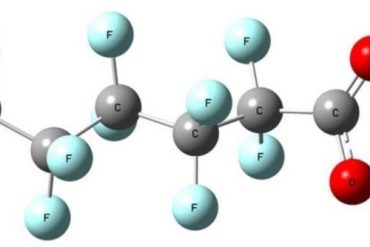The island’s indoor mask mandate is back.
As yesterday’s Nantucket Board of Health meeting was wrapping up, chairman Stephen Visco asked if Health Department director Roberto Santamaria had a COVID-19 update. Santamaria said the latest wastewater sampling report had just come in as the meeting was in progress, and it wasn’t good news.
The report indicated an increased prevalence of the virus in island sewage, putting Nantucket above the 50th percentile threshold compared to other communities that conduct similar wastewater sampling. Crossing that threshold triggered a return of the indoor mask order for at least two weeks, effective immediately.
When the board voted last month to lift the indoor mask mandate, it did so with a specific condition that an increase in the concentration of the virus above the 50th percentile would automatically trigger the return of the indoor mask mandate on the island. At that time, Nantucket was in the 13th percentile. The latest wastewater report, conducted by the firm BioBot, put Nantucket in the 69th percentile compared to other communities, with a virus concentration that would project to an estimated 10 new cases per day.
“This is a disappointing result,” Santamaria told the Current after the meeting. “As testing numbers are underreported due to testing availability, we need to rely on the BioBot reports to make policy decisions.”
Despite the island’s relatively low case numbers (20 new positive test results from Nov. 5 to 11), just one COVID-19 hospitalization over the past week, and the fact that Nantucket has one of the highest vaccination rates in the state, the Board of Health members felt obliged to follow threshold trigger they set in place with their vote last month. The Current asked Santamaria if that standard was too rigid considering the other factors and metrics.
“Should more flexibility have been built into the original vote? Perhaps,” Santamaria said. “But as the emergency orders were not on the agenda, we could not discuss it without breaking the open meeting law.”
Another factor is that some communities in Massachusetts and beyond have ceased testing of their wastewater for SARS-CoV-2, making the virus concentration percentile a potentially volatile metric to use as the sole basis for policy decisions.
“The BioBot sewer reports base our percentile rank on all quantifiable samples from the previous six weeks,” he added. “As less municipalities use the sewer report, the sample size gets smaller. With smaller sample sizes the greater the variability in percentile.”
Board of Health member Merideth Lepore, who has been a consistent advocate for mask-wearing during the pandemic, expressed support for the return to the indoor mask order.
“I think that it’s probably good that we have that protection that we can say let’s put our masks on and hope that in two weeks this starts to go down and at our next meeting things are a lot better,” Lepore said.
During the meeting, Santamaria expressed his belief in face coverings as a proven tool to limit the spread of the coronavirus, but also a reluctance to bring back the indoor mask order given the political climate and pushback from many in the community.
“I really don’t want to deal with the violence, we’ll just say,” Santamaria said. “Let the Facebook rockets fly with the Facebook epidemiologists out there. You can’t legislate somebody’s opinion, not that I would want to either, that’s what makes America so great, it’s just, I just wish people would inform themselves more before they start acting the way they act. We’ve turned into a country that no longer respects expertise.”
Below is the Biobot wastewater report that was the basis for the Board of Health’s decision.








